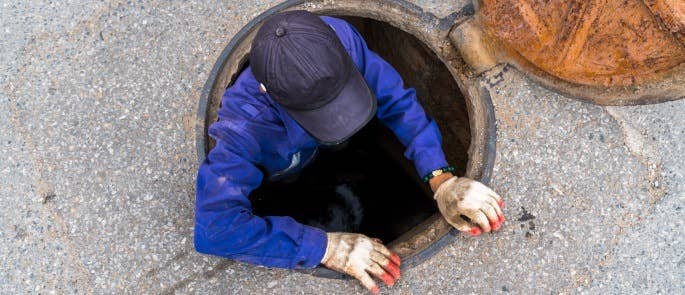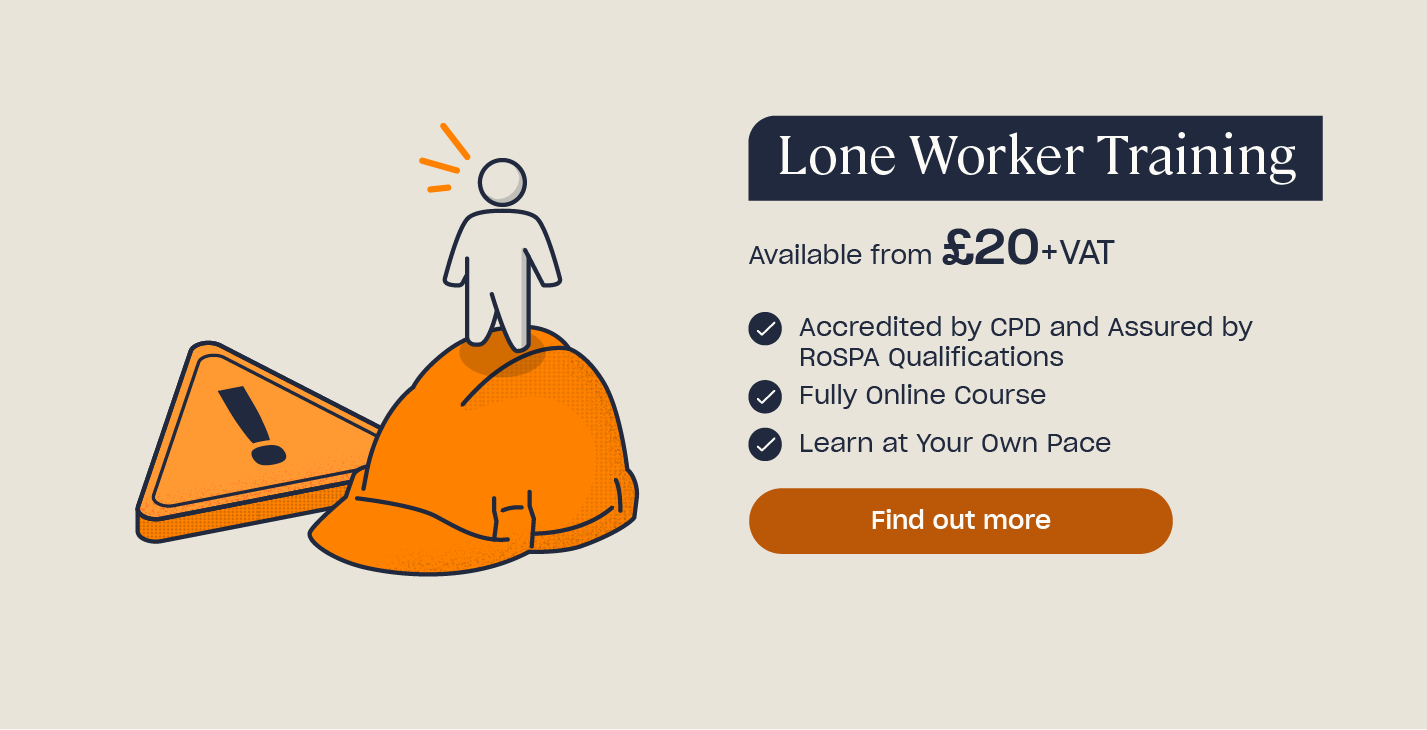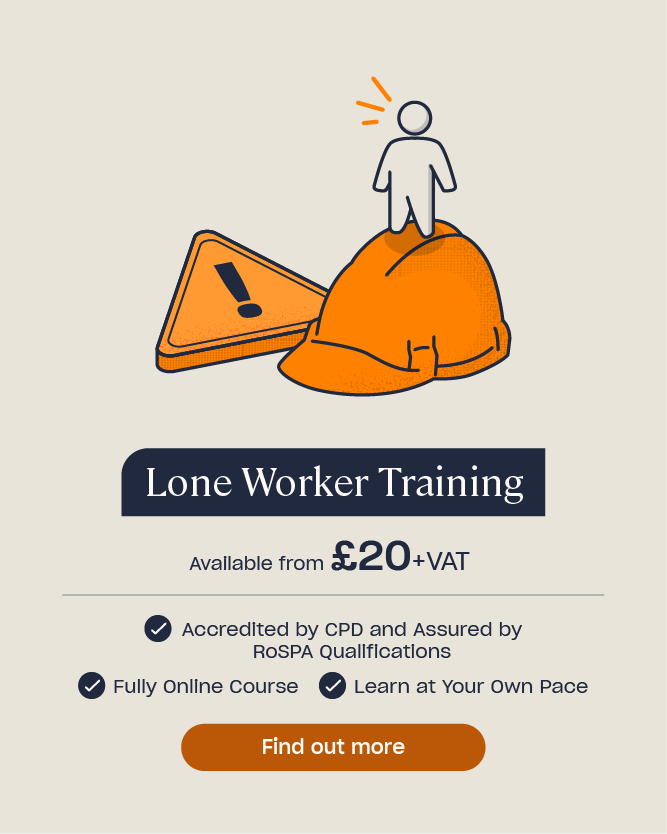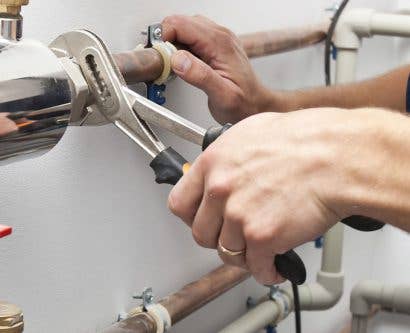What is a Dynamic Risk Assessment?
Risk assessments involve analysing the risks and hazards of your workplace and implementing controls to either eliminate or reduce them. However, if your work environment suddenly changes, how should you react?
Dynamic risk assessments allow you to make quick assessments of changing work environments so you can continue to carry out your duties safely. This article will explain what a dynamic risk assessment is and when you might use one.

What is a Dynamic Risk Assessment?
A dynamic risk assessment is the process of continually observing and analysing risks and hazards in a changing, or high-risk, environment. This allows workers to quickly identify new risks and remove them.
Formal risk assessments are prepared in advance, recorded and monitored on a regular basis. Conversely, dynamic risk assessments are ‘dynamic’ or ever-changing, and carried out on the spot by an individual when they enter a new environment or their current environment changes.
However, carrying out a dynamic risk assessment doesn’t mean you don’t need to carry out a formal risk assessment. Dynamic risk assessments should complement and fill in any gaps that you couldn’t predict when completing your standard risk assessment. You should carry out a dynamic risk assessment before entering any new situation and continue to constantly assess the risks and hazards in case there is a change in circumstances.

When Might a Dynamic Risk Assessment be Used?
Some roles are subject to lone working, high-risk activities or regularly changing work environments. For example, emergency service workers might regularly encounter situations where it’s important to quickly assess risks and hazards. In these cases, a dynamic risk assessment would be appropriate to ensure that workers observe and analyse hazards and risks specific to the circumstances of that situation.
Example
For example, consider a worker who regularly carries out home visits. When carrying out a formal risk assessment, they identify the hazards that they may encounter and develop controls to reduce or eliminate the risks. However, each visit will be different, and there may be risks they couldn’t predict.
One morning, the worker carries out a home visit and, when they enter the premises, they instantly begin to feel uncertain about the situation. The worker is instantly aware of their surroundings and starts to assess the risks. They notice warning signs that the client they have come to visit is under the influence of drugs and alcohol.

They then consider what they know about the individual and the situation, and ask themselves the following questions:
- Do they have a history of violence? What effect might the substance have on their mood? Are they likely to act erratically? How confident do I feel in this situation?
- Does this environment make me vulnerable in any way? Is there anything that could be used as a weapon against me? Is there anyone else who is at risk? How can I exit the situation if needed?
- Are my actions or words aggravating the situation? Am I invading personal space? Is me being here something they disagree with?
Asking questions like these will help the worker to assess the situation. They will then be able to decide whether they should proceed with the visit, how they may be able to do so safely, and how they can exit the situation if the need arises. By doing this, they are carrying out a dynamic risk assessment that helps them decide on controls to eliminate or reduce the risks.
Need a Course?
Our Lone Worker Training will provide you with a variety of practical controls that you can implement in your work environment to help keep lone workers safe from harm.
What are the hazards and risks associated with your job? Take a look at our Guide to the Most Common Workplace Hazards where you’ll find a categorised list with examples.
Benefits of a Dynamic Risk Assessment
Understanding how to carry out a dynamic risk assessment has many benefits. It’s specifically important that you know how to carry one out if you work in constantly varying environments. If you can carry out a dynamic risk assessment, you will:
- Be able to take a proactive approach to safety. You will have the knowledge needed to instantly assess risks and hazards of any new, variable situation.
- Feel confident in your ability to assess your environment. As you will have the appropriate training needed to instantly observe, analyse and react risks and hazards in new situations, you will feel confident making decisions that ensure the safety of you and your team.
- Feel more confident doing your job. By having the skills needed to do your job safely, you will feel more confident entering new, unknown situations.
By understanding how to carry out a dynamic risk assessment, you will have the tools needed to confidently assess any situation you encounter and ensure you work safely.
What to Read Next:
- A Guide to the Most Common Workplace Hazards
- Risk Assessment Checklist for Lone Working
- Lone Worker Training











